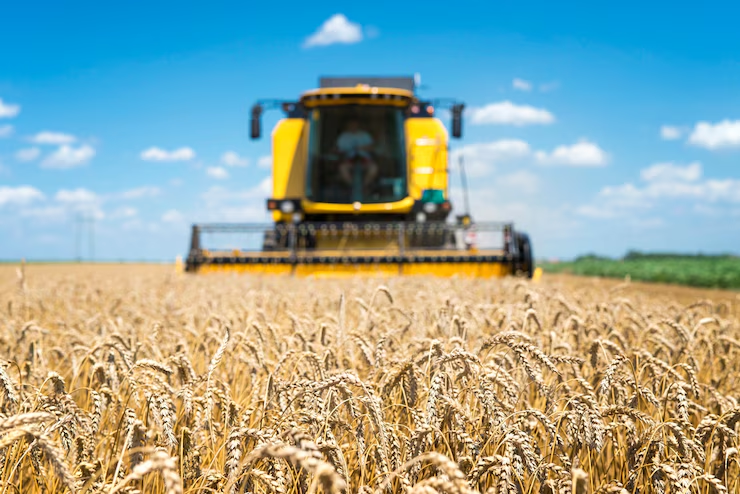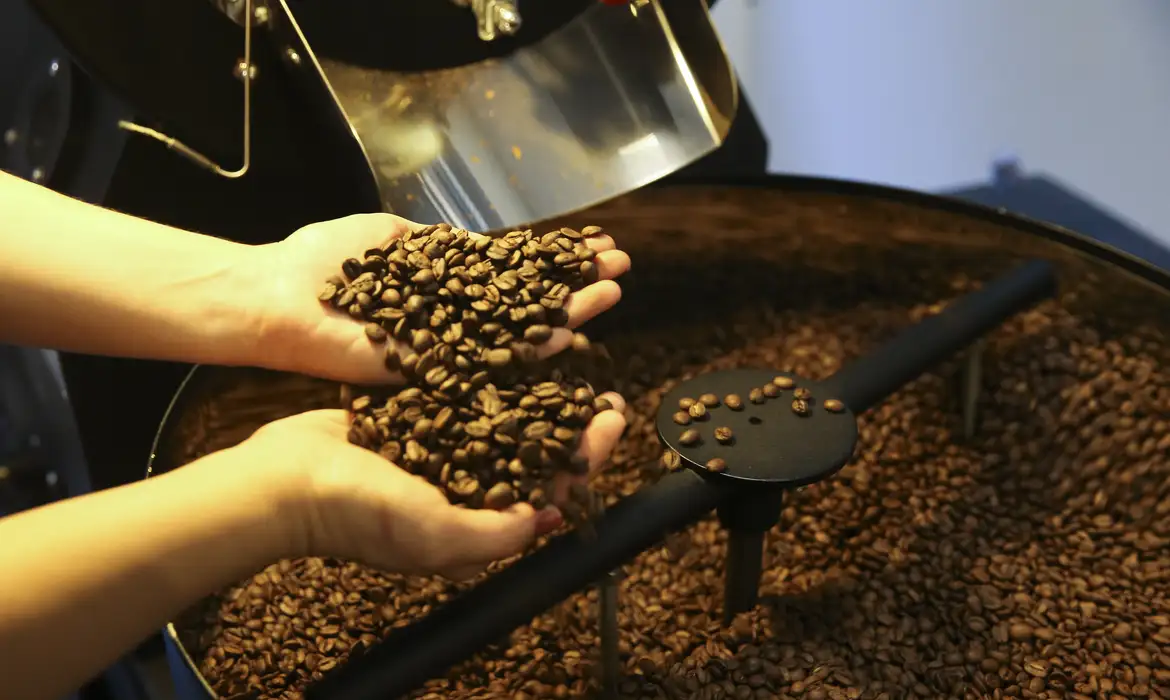Inmet: June will have above average temperatures in much of the country

In the Central-West and Southeast regions, as well as in the south of the North Region, the interior of the Northeast Region and the west of the South Region, rainfall is expected to be close to and below the climatological average.
June is normally a dry period – especially in the Southeast and Central-West regions. However, according to agrometeorologist and researcher at Embrapa Pecuária Sudeste, José Ricardo Pezzopane, the dry period in 2024 was anticipated with a lack of rain since April.
With forecasts for June, the expert points out that there could be a worsening of the water scarcity situation.
“Second harvest crops are already producing less than expected and this lack of water only worsens the situation. In fact, forecasts for June, which is already a time when there is little rain, are for even less rain. So the June forecasts, in fact, are discouraging in this aspect”, assesses Pezzopane.
The expert mentions that the scenario is a sign for what could happen in the coming months. “In addition to an immediate problem now, this is a warning for what will happen in August, September, I mean, this will only worsen a situation that is already not good.”
In relation to pastures, Pezzopane highlights that the scarcity of food in the pasture for cattle could worsen from June onwards. “This usually happens in August, September. This year, because of this lack of rain since April in these regions, this starts to get worse in June.”
Bad scenario for the next harvest
For Brasil 61, Embrapa Milho e Sorgo researcher, Daniel Guimarães, generated climate maps during the corn harvest, evaluated the analyzes available at the time and saw weather forecasts (up to 15 days) and climate (next months). According to him, the scenario for the next Brazilian harvest is bad.
“The main global climate forecast models are indicating that until the start of the next harvest, Brazil will have below-average rainfall and high temperatures, even under the effects of the La Niña phenomenon, in other words, the current scenarios are terrible for the next harvest Brazilian agricultural sector”, says Daniel Guimarães.
The diagram below was made by Guimarães and shows the rainfall in Brazil during the vegetative growth, flowering and maturation phases of corn in 2024.
Temperature
High temperatures can also worsen the Brazilian agricultural production scenario. The Inmet forecast indicates that the temperature should be above average throughout the country, especially in the central portion, due to the reduction in rainfall – with the possibility of some days of excess heat in some areas.
Agrometeorologist José Ricardo Pezzopane points out that the lack of water in the soil, combined with high temperatures, can cause problems such as an increased risk of fires in rural areas.
According to Embrapa Café researcher André Dominghetti, Inmet’s forecasts for coffee crops, already in cultivation, are within normal limits, especially in relation to rainfall. However, rising temperatures could trigger an alert for producers.
“In relation to temperature, it is something that ends up worrying us a little more, because the temperature at this time is milder, as we have less water availability in the soil, the plant does not sweat as much, the evapotranspiration rate is lower”, he explains. Dominghetti.
“Now, if we have a lower volume of rain, but have an above-average temperature, we will have slightly higher evapotranspiration rates, so there is a greater demand for water and if there is no water in the soil, the plant starts to suffer some stress in relation to the water issue”, he adds.
Corn
According to Inmet, forecasts may have impacts, for example, on the 2023/24 grain harvest for different producing regions. According to information from the institute, the forecast of above-average rainfall in the north and east of the Northeast Region will continue to benefit the sowing and the beginning of the development of corn and beans third harvests.
On the other hand, in areas of Matopiba (a region that encompasses areas of Maranhão, Tocantins, Piauí and Bahia), the forecast is for below-average rainfall – which could reduce soil moisture levels, especially in areas of the states of Piauí and Bahia. Inmet indicates that this fact could cause water restrictions for second-crop corn.
Embrapa Milho e Sorgo researcher, Daniel Guimarães, emphasizes that the second corn harvest in Brazil planted at the beginning of 2024 was strongly impacted by irregular rainfall and resulted in a loss of 14 million tons in the current harvest compared to the last harvest. “This number reflects the main difference between corn production in the 2022/23 harvest estimated by CONAB at 102 million tons and that forecast for this harvest at 86 million tons.”
Guimarães also highlights that at the moment the major concern should be focused on planting the next grain harvest (2024/2025) “since the main grain producing regions in Brazil are experiencing strong climatological impacts”.
Recommendations
Check out some recommendations made by Daniel Guimarães for rural producers to face the climate scenario for the coming months in the country:
- Keep an eye on the weather;
- Pay attention to preserving the soil, which is easily degraded and difficult to recover;
- Prevent the occurrence of fires;
- Body protection: maintain good skin coverage (long sleeves, hat) to avoid damage caused by sun exposure.
By Brasil 61




